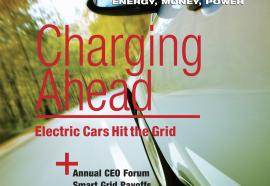FIT in the USA
Constitutional questions about state-mandated renewable tariffs.
Despite state efforts to follow the European model of state-mandated feed-in tariffs to promote renewable power, these actions won’t pass Constitutional muster. The Supremacy Clause makes a formidable legal barrier.











